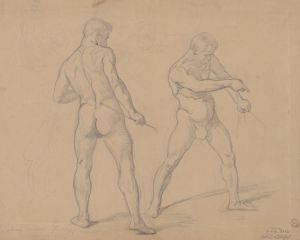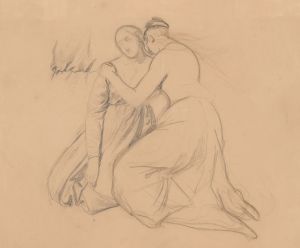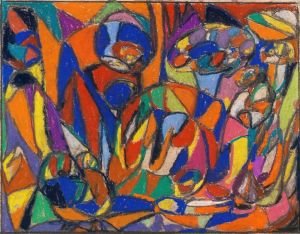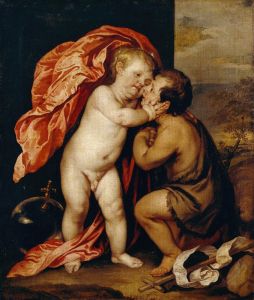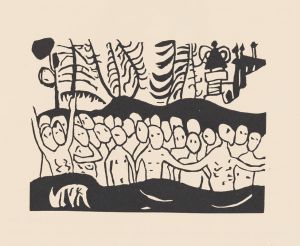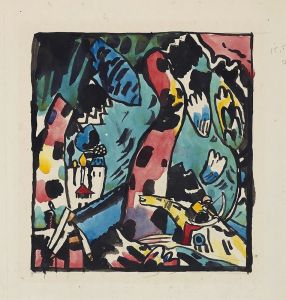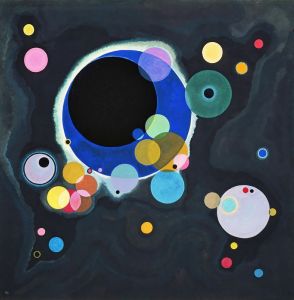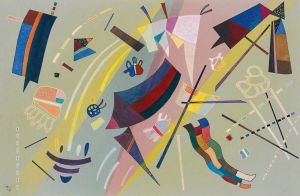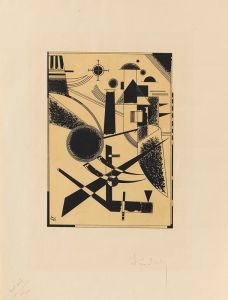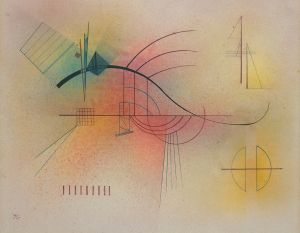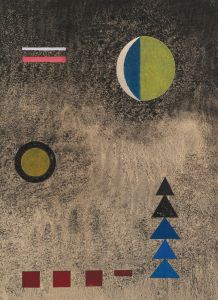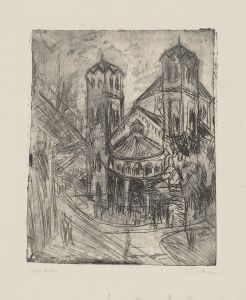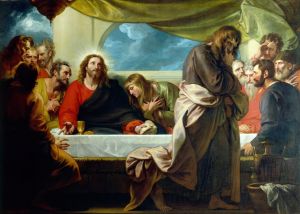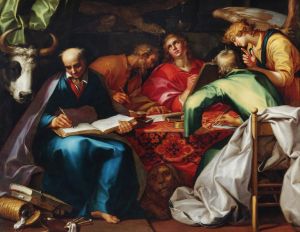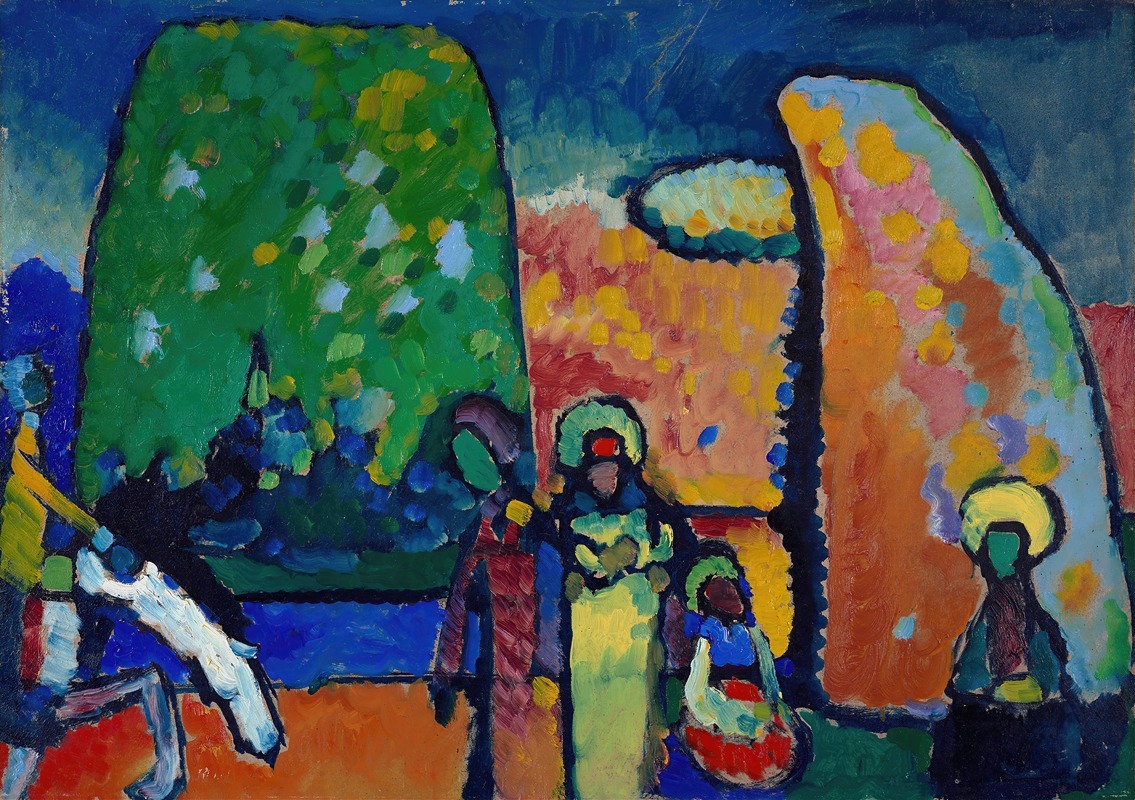
Study on Improvisation No. 2
A hand-painted replica of Wassily Kandinsky’s masterpiece Study on Improvisation No. 2, meticulously crafted by professional artists to capture the true essence of the original. Each piece is created with museum-quality canvas and rare mineral pigments, carefully painted by experienced artists with delicate brushstrokes and rich, layered colors to perfectly recreate the texture of the original artwork. Unlike machine-printed reproductions, this hand-painted version brings the painting to life, infused with the artist’s emotions and skill in every stroke. Whether for personal collection or home decoration, it instantly elevates the artistic atmosphere of any space.
"Study on Improvisation No. 2" is a painting by Wassily Kandinsky, a pioneering Russian painter and art theorist, often credited with creating one of the first purely abstract works. Kandinsky was a leading figure in the development of abstract art in the early 20th century, and his works are known for their vibrant colors and dynamic compositions.
"Study on Improvisation No. 2" was created in 1909, during a period when Kandinsky was deeply exploring the possibilities of abstraction. This painting is part of a series of works known as "Improvisations," which Kandinsky described as spontaneous, intuitive expressions of inner feelings and spiritual experiences. The "Improvisations" series is characterized by its free-flowing forms and bold use of color, reflecting Kandinsky's interest in the emotional and spiritual effects of color and form.
In "Study on Improvisation No. 2," Kandinsky employs a vivid palette and dynamic brushstrokes to create a composition that appears both chaotic and harmonious. The painting features a complex interplay of shapes and lines, with no clear representational elements, which invites viewers to engage with the work on a purely emotional and sensory level. This approach was influenced by Kandinsky's belief that art should transcend the material world and evoke a deeper, spiritual response.
Kandinsky's work during this period was also influenced by his interest in music, particularly the compositions of Richard Wagner and Arnold Schoenberg. He often drew parallels between painting and music, considering both to be abstract forms of expression that could convey profound emotional and spiritual experiences. The term "Improvisation" itself suggests a musical analogy, implying a spontaneous and intuitive creation process similar to that of a musical improvisation.
"Study on Improvisation No. 2" reflects Kandinsky's theoretical writings, particularly his seminal work "Concerning the Spiritual in Art," published in 1911. In this text, Kandinsky articulated his vision of abstract art as a means of expressing the artist's inner life and spiritual aspirations. He argued that colors and forms could evoke specific emotions and spiritual states, independent of any representational content.
The painting is an important example of Kandinsky's early abstract work and his efforts to break away from traditional representational art. It exemplifies his innovative use of color and form to create a sense of movement and emotional intensity. "Study on Improvisation No. 2" is housed in the Städtische Galerie im Lenbachhaus, Munich, which holds one of the most significant collections of Kandinsky's works.
Kandinsky's contributions to abstract art have had a lasting impact on the development of modern art. His exploration of the spiritual and emotional potential of abstract forms paved the way for future generations of artists to experiment with non-representational art. "Study on Improvisation No. 2" remains a testament to Kandinsky's visionary approach and his enduring influence on the art world.





